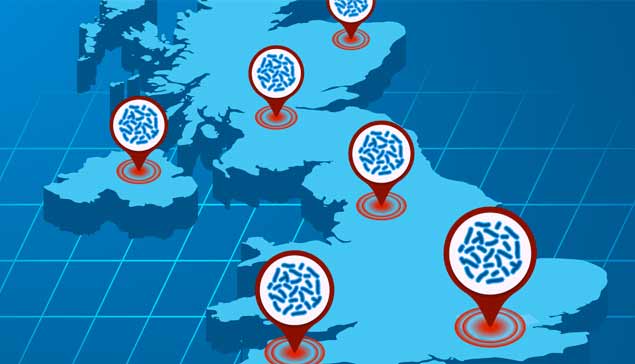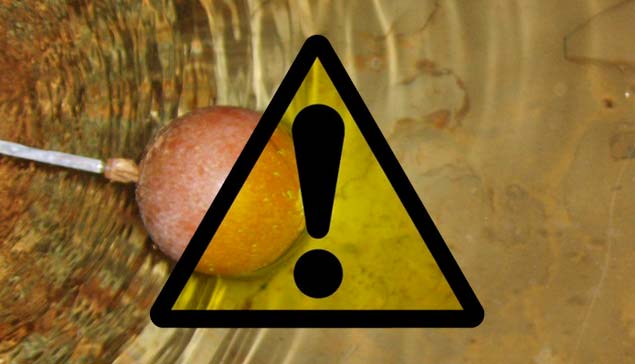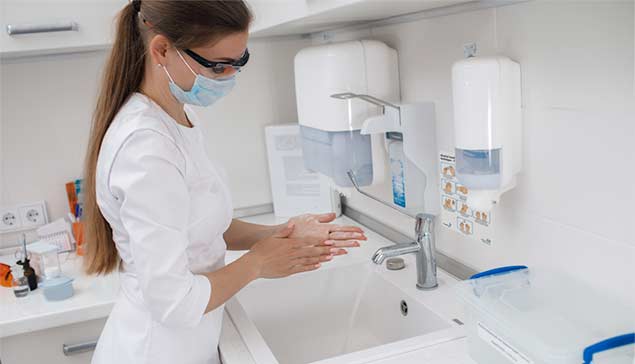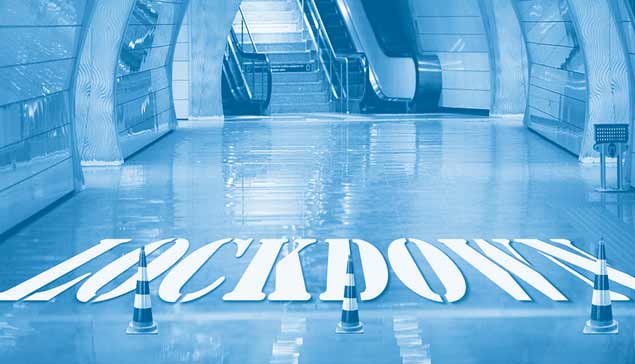ASSOC. COMPANY
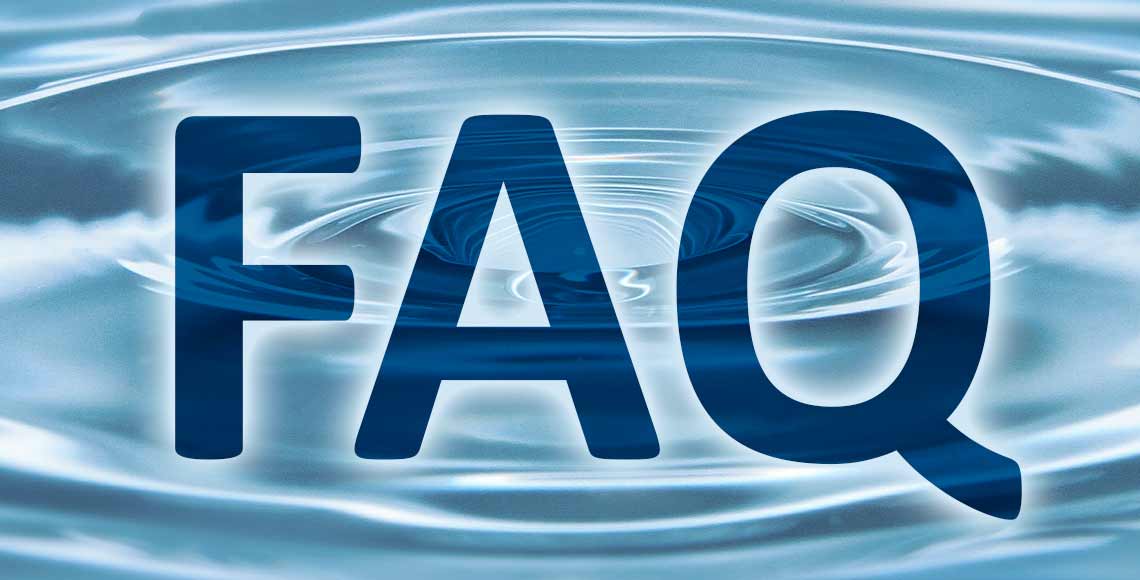
14 Oct 2014
Top FAQ's on Legionella
Legionella is a cause for concern for many businesses and self-employed professionals. To ensure you have all the information you need to make an informed decision about Legionella and the risks which it presents, we’ve devised this comprehensive guide which aims to answer your frequently asked questions surrounding Legionella.
What is Legionella?
Legionella is a strain of bacteria which thrives in nutritious environments feeding on scale, rust, algae, sediment, sludge and organic matter. Conditions of 20-50°C are suitable for Legionella proliferation with optimum growth occurring at 37°C. It can present a number of health risks for those who come into contact with it and therefore the risks need to be managed on an ongoing basis. For more details please watch our informational video here.
What is a Legionella Risk Assessment?
A Legionella risk assessment evaluates the potential risks within the work place and will include information on;
- The name of the competent individual who is responsible for the ongoing management of the water system.
- The water systems present on site with schematic drawings and photographs.
- The potential risks and the controls in place which are designed to manage the risks.
- The procedures in place designed to monitor, inspect and maintain the premises.
- The records of monitoring, inspections and review dates.
- Findings including advice on monitoring tasks and remedial action.
Do I need a Legionella Risk Assessment?
If your premises contain a water system you will need to perform a risk assessment, even if you do not store water. This includes all commercial properties, including rental properties. This is a legal requirement, as per the Health & Safety at Work Act 1974, and therefore as an employer or a property owner you must ensure you can appoint someone to be responsible for the health and safety of your property. They must be competent and able to effectively manage and take responsibility for any risks which may be present.
Who can perform a risk assessment?
According to the HSE only those who are competent are able to carry out a risk assessment. A competent person should have the knowledge, experience and the necessary skill to be able to manage health and safety. Therefore, this could be yourself, an employee or a specialist like W.E.T. A typical Legionella risk assessor at W.E.T has 5 years’ experience and holds qualifications by City & Guilds.
How often should a Legionella Risk Assessment be updated?
Previously it was stated a Legionella risk assessment should be carried out every two years or following changes to your water system. However the revision of ACoP L8 and the introduction of HSG274 now states that the risk assessment should be reviewed ‘regularly’ in accordance with the risk rating of the site with emphasis on ‘Evidence based practice’ meaning a responsible person could opt to have an assessment if the monitoring records indicate a potential problem or there has been a change to the system. For example, a care home risk assessment would be reviewed more regularly due to the susceptibility of the site’s population. For more information, contact the team at W.E.T who can assess your requirements on an individual basis.
Do all work places need to carry out a Legionella Risk Assessment?
It’s a common misconception that those who have a water system but who don’t store hot or cold water don’t need to carry out a Legionella risk assessment. This isn’t the case, and in actual fact it’s still very important that a risk assessment be carried out by a competent person. It’s important to realise the severe health risks and legal obligations associated with Legionella, and organise scheduled risk assessments and water hygiene monitoring as appropriate.
What follows a Risk Assessment?
This will depend entirely on the results of your risk assessment. If you have a Legionella risk assessment and no risks are identified then you may decide not to take any further remedial action. However, if the Legionella risk assessment identifies significant risks then a control plan needs to be implemented to ensure that any risks are managed and prevented, including water system remedials (physical improvements to the system) and water hygiene monitoring tasks (tasks that must be carried out routinely). For further advice, get in touch with the experts at W.E.T.
How can legionella be prevented?
There are a number of ways which Legionella can be prevented, including;
- Routine maintenance
- Monitoring regime including temperature monitoring
- Clean and disinfection/ chlorination
For more information on how to prevent Legionella growth, be sure to click here to read our full article.
What happens if I get a positive result for Legionella?
In the event that Legionella bacteria is found, there are a number of different measures that can be taken to eradicate it and prevent it from returning, the most common being a system clean and disinfection/ chlorination. In HSG274 Table 2.2 Action levels following Legionella sampling in hot and cold water systems.
| Legionella Bacteria (cfu/l) | Recommended Action |
| >100 cfu/l and up to 1000 cfu/l | Minority of samples – Step 1: Re-sample Step 2:if same result – review control measures and carry out Risk Assessment & remedial action. Majority of samples – Step 1: immediate review of control measures and carry out Risk Assessment. Consider C&D and other remedial action. |
| >1000 cfu/l | Step 1: immediate review of control measures,carry out Risk Assessment and possibly C&D,take samples a few days post C&D and at frequent intervals until satisfactory level of control is achieved. Consider other remedial action. |
If you have received a positive result for Legionella and you are unsure what to do, get in touch with W.E.T and we’ll help you.
How often should my cold water storage tank be disinfected?
In accordance with BS8558:2011 if the cold water storage tank supplies drinking water the tank will need to be inspected and microbiological samples taken every 6 months and a clean and disinfection carried out at least once a year. In accordance with HSG274 part 2 if the system is not used for supplying drinking water you should take tank temperatures annually, within summer months and inspect annually, unless monitoring indicates the need for more frequently. Cleaning isn’t required routinely unless inspection deems it necessary.
If you have any questions or you would like to learn more about the services we offer, please don’t hesitate to get in touch. You can either click here to contact us via our online contact form or you can call us on 01827 288 810.


